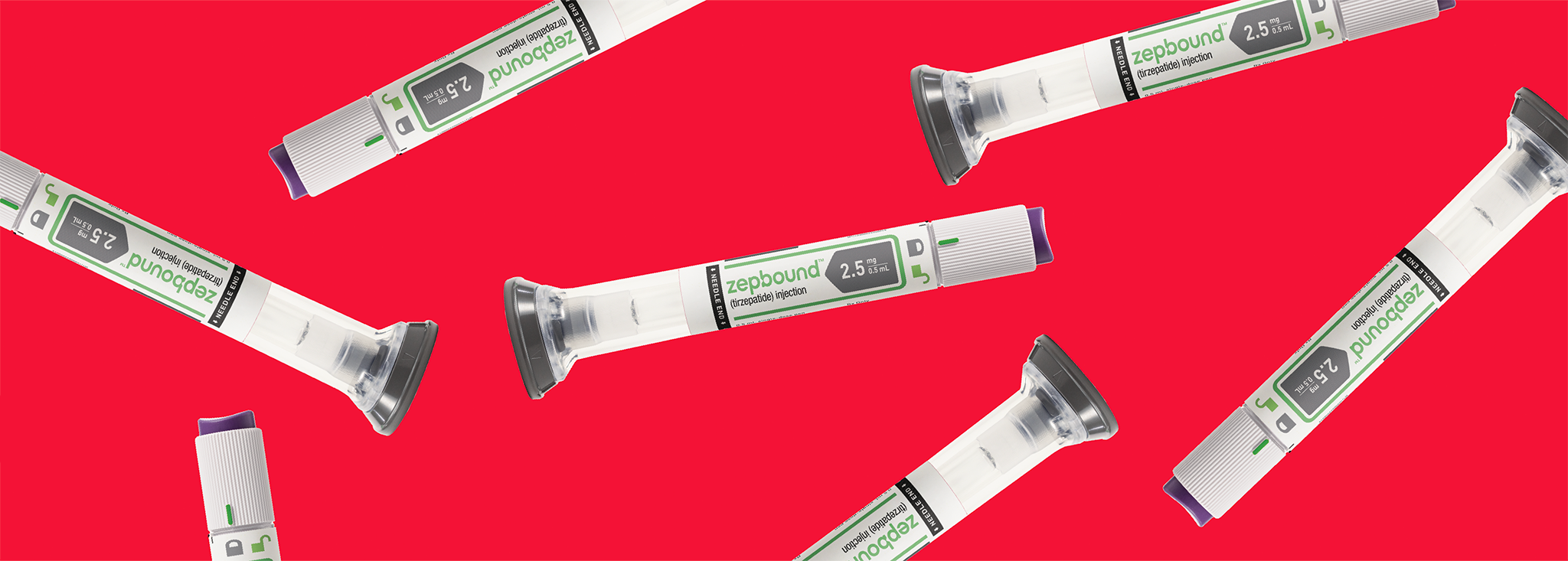I need to take insulin but I’m scared of needles…
Written by: Ginger Vieira
4 minute read
December 9, 2021
Are you struggling to take your insulin as prescribed because of a fear of needles? Learn more about needle phobia here.
This educational content is brought to you by the ADA x BT1 Collab.
The following transcript has been edited for length and clarity.
Ginger Vieira: Welcome to Collab Conversations with the American Diabetes Association (ADA) and Beyond Type 1 (BT1). My name is Ginger Vieira and today with me is Dr. Laura Hieronymus, vice president of Healthcare Programs and she’s also a CDCES. Thank you for joining me today.
Dr. Laura Hieronymus: Thank you for having me.
So, today I would love to pick your brain about if someone specifically with type 2 Diabetes has been told they need to start insulin, but they are terrified of needles. That is a huge challenge to overcome and work through mentally. Where would you start with someone that’s facing that problem?
Well, first off, the word terrified is a very strong word. So if that comes out, it’s important to really understand why. We know that negative experiences or previous trauma can be causes of needle-phobia, which is what that may be. If you need insulin as part of your diabetes treatment, it’s important to understand why it can’t be swallowed.
Insulin is a protein substance and it would be broken down. So if you drank insulin so to speak, which is a liquid product, generally speaking. It’s a protein going to be broken down in the digestive tract. So we have to give it so that it’s absorbed in the bloodstream. So we inject it just under the skin. That’s exactly what happens. Sometimes understanding why, can help someone accept the need to take this necessary via injection.
Okay. And fortunately, there are quite a few options today for taking your insulin. It doesn’t have to be a syringe with a needle that you’re looking right at, and we can talk later about inhaled insulin as a potential option, too.
Well, I think it’s important to note that, for example, if pain is associated with taking an injection, keep in mind that the insulin injection is given into the subcutaneous or fatty skin-tissue and it has very little nerve endings. There’s very little, if any, pain. In today’s healthcare world, the needles associated with insulin are quite short.
And we have other tools. Insulin can be infused just under the skin so that it can be absorbed by using an insulin pump. Which is kind of a small battery powered device. It’s about the size of a deck of cards. Some pumps connect to narrow tubing, that’s inserted using a small needle. But once the catheter is under the skin, the little catheter infuses the insulin, the needle is removed. And so the needle is used to inject the catheter, so to speak or to place it under the skin, but then it’s removed.
And the best part about that is that—so, I have a friend with type 2, who was very scared of needles and it made him not take his injections regularly. And what he loved the most about going to a tubeless pump is that he never saw the needle. So even though a needle did have to help set up the infusion site, he never visibly saw it. And that really helped him get over his needle phobia.
That’s a really good point because there are devices that help push that needle with the catheter in it, under the skin. And in the case of the pods or the patches, the insulin pods or patches, it actually is built within. And so in the pod in particular. I think the one you’re speaking of, so once you place it on, the needle is injected, but then it retracts. So it’s still in the pod, but it’s not under the skin.
So you only feel the needle for a very brief moment that it’s really in your skin.
Yes. And again, it goes into the sub subcutaneous tissue, which is that fatty tissue with very little nerve endings.
Right. And then of course we have something I actually use—inhaled insulin. It can’t meet your background, basal insulin needs, but it can be used for meals and corrections.
Well, and I think by speaking positively about all the different things that we have, the inhaled insulin, you’re correct, is an ultra-rapid acting insulin. And it’s used at meal times. So it’s used to cover, if you will, food. It does pass through the lungs. And that’s how it’s allowed to be absorbed into the bloodstream. Most individuals, particularly those with type 1 diabetes, but most individuals with type 2 diabetes, they also need a background insulin or what we call a basal insulin. And so that would be at least one injection of insulin each day.
How would you recommend someone who is similar to my friend’s story? He didn’t have the kind of confidence to tell his doctor that he wasn’t taking his insulin because he was scared of the needles. So she was seeing his blood sugars running high sometimes, and then there’d be a week where they were more in his goal range and she didn’t understand what was going on. He had to really finally share with her, “I hate taking shots and I’m scared of the needles.” And that started that conversation. How would you help? How would you recommend someone kind of starts that?
You know, that’s a really good question. And I think it’s important as a provider of diabetes care and education that we ask the individual: How do you feel about that? How do you feel about taking insulin? And trying to delve into their thoughts around it. Because again, I mentioned misconceptions, there’s a lot of misconceptions about insulin and clarifying of course that it can’t be swallowed. It’s got to be absorbed is key and very important. So it helps with the acceptance piece. But also by asking those questions, you can often find out if someone has a fear. I think one of the things that in diabetes care and education that we really try to do is caution other healthcare professionals and providers not to use insulin as the enemy, not to use it as a threat.
So insulin could be a really powerful thing that helps you get your blood sugars into your goal range and keeps you healthy.
Absolutely.
Well, thank you so much for sharing your expertise on this. And if anyone watching is struggling with needle-phobia, talk to your doctor about it because there are other options for you. Thank you.
Thank you!

Author
Ginger Vieira
Ginger Vieira is an author and writer living with type 1 diabetes, celiac disease, fibromyalgia and hypothyroidism. She’s authored a variety of books, including “When I Go Low” (for kids), “Pregnancy with Type 1 Diabetes” and “Dealing with Diabetes Burnout.” Before joining Beyond Type 1 as digital content manager, Ginger wrote for Diabetes Mine, Healthline, T1D Exchange, Diabetes Strong and more! In her free time, she is jumping rope, scootering with her daughters, or walking with her handsome fella and their dog.
Related Resources

Between the rising cost of food, paying for diabetes medications and other living expenses, you...
Read more

Getting a type 2 diabetes (T2D) diagnosis can be overwhelming, scary and lead to many...
Read more

On November 8th, 2023, Eli Lilly and Company’s Zepbound (tirzepatide) received FDA approval as the...
Read more

